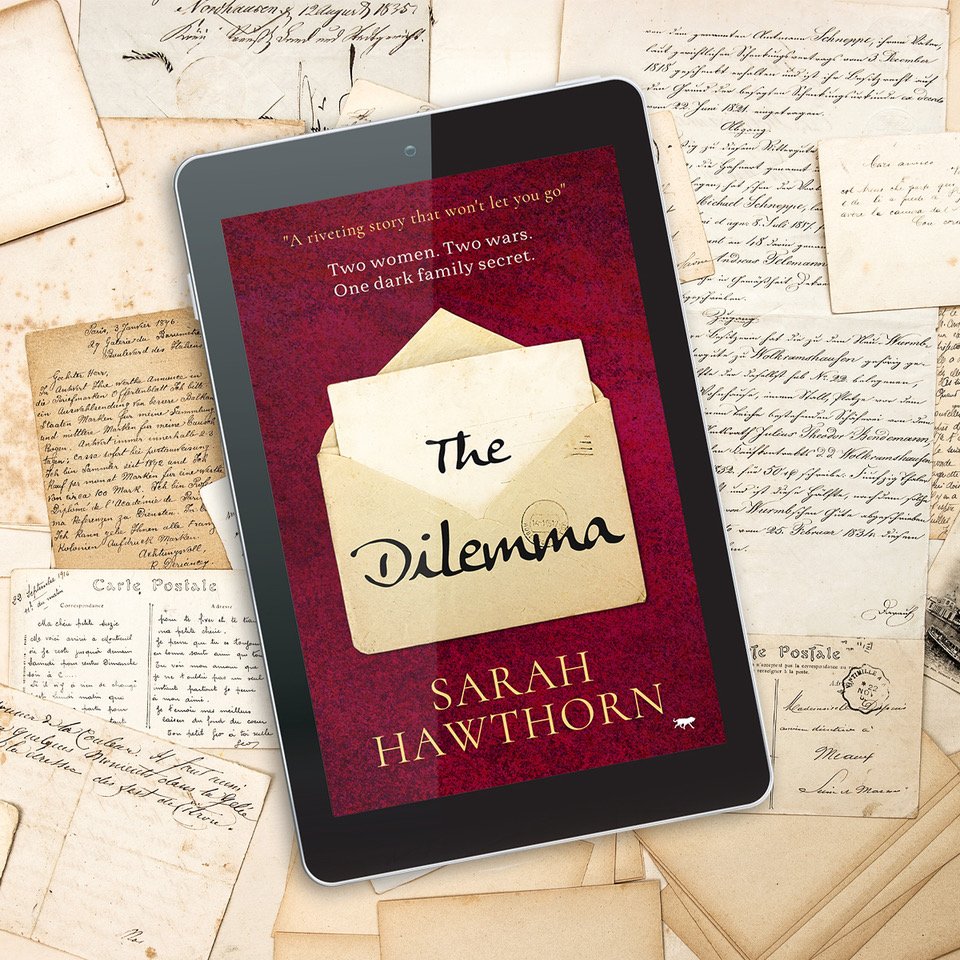The Dilemma
1958. Esme, a novelist, finds a potential new literary project. A housemaid named Clara was convicted of murder, perhaps unjustly, amid the ending of World War II and the liberation of Guernsey from Nazi occupation. Esme’s trip to Guernsey is an opportunity not only to research the case, but to learn more about her mother’s family—as well as to heal from the heartbreak inflicted on her by the man she loved . . .
1915. A teenager marries her childhood sweetheart before he heads off to fight in the Great War. But he doesn’t come back, and Jane, presumed a widow, flees Guernsey—devastated by her loss. In London, Jane finds a new life and a new husband—but her past isn’t done with her yet.
This absorbing novel follows the parallel paths of two generations of women, and as each is faced with painful decisions and shocking discoveries, a question emerges: Can a lie be forgiven when the truth seems too much to bear?
The Dilemma Reviews
“I could not put this book down and did not want it to end”
“What a fantastic read! I highly recommend this book and give it 5 stars!”
“A novel of love, loss and secrets … loads to keep you gripped and turning the pages from start to finish”
“An incredible tale … an amazing historical novel written by an excellent author”
“Draws you in and leaves you feeling very invested.”
“This fast paced, shocking and twisty novel had me hooked by chapter 1”
“Heartwrenching … the twist right at the end was great”
“A few chapters in and I was hooked … really cleverly plotted … loved the ending, brilliantly done!”
“I loved travelling back in time to visit Guernsey … clever, interesting, beautifully written”
“Sparked my interest and made me think – what would I have done in the same situation?”
“Highly gripping with multiple unexpected twists and turns … immensely satisfying”
“An exquisitely written and unforgettable novel”

